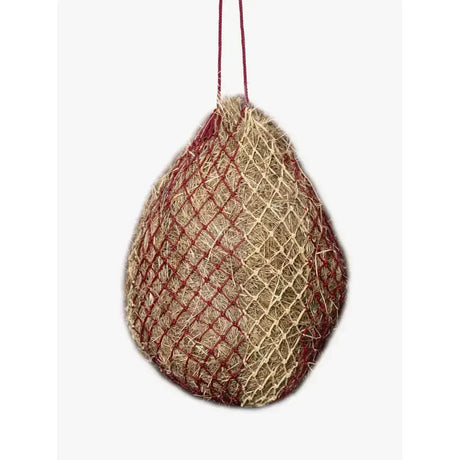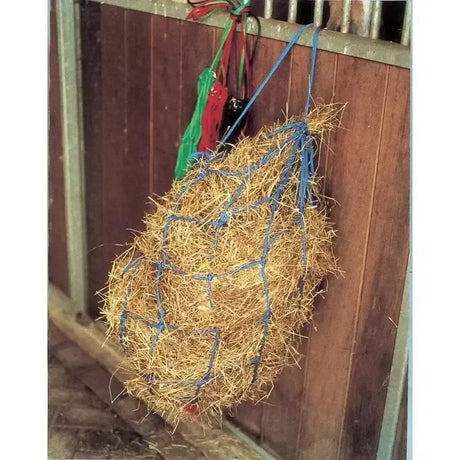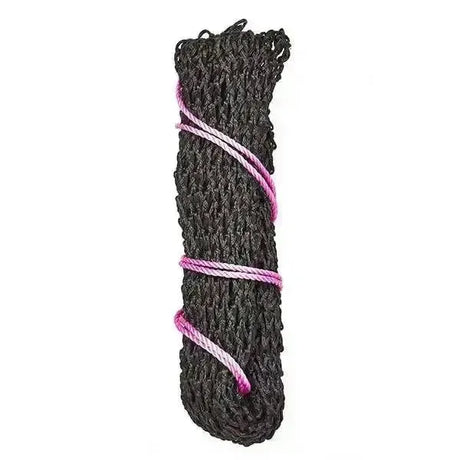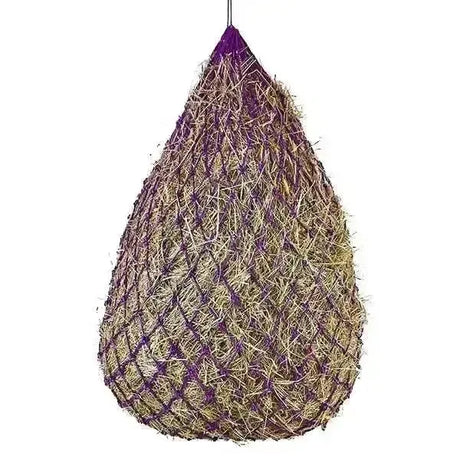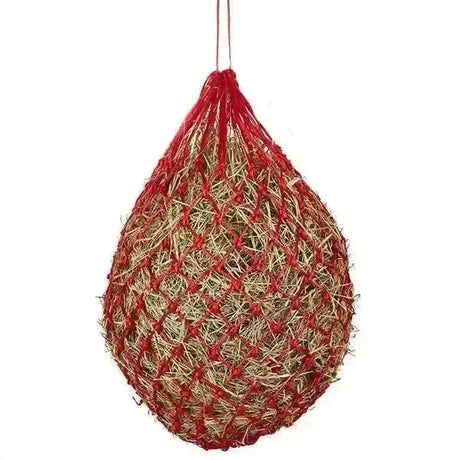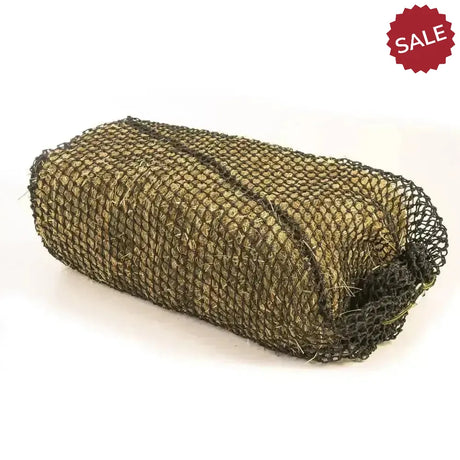Haynets, Haybags & Hay Racks for the Stable, Field and When Travelling
-
-
Elico Little Piggy Small Holed Haynet Pink Medium
£13.50£13.99Save OnlineUnit price /Unavailable -
-
£6.07
£7.99Save OnlineUnit price /Unavailable -
Hy Equestrian Slow Flow Snack Haynet
£3.83£4.99Save OnlineUnit price /Unavailable -
Rhinegold Monarch Slow Feeder Haynet Small Hole
From £5.95£6.99Save OnlineUnit price /Unavailable -
-
-
£91.09Unit price /Unavailable
-
Elico Little Piggy Small Holed Haynet Black Large
£15.50£15.99Save OnlineUnit price /Unavailable -
£7.92
£8.99Save OnlineUnit price /Unavailable -
-
-
£5.44
£6.50Save OnlineUnit price /Unavailable -
Elico Polperro Small Hole Haynet
£14.76£15.50Save OnlineUnit price /Unavailable -
-
Elico Helston Small Haynet Small Holes
£7.18£7.50Save OnlineUnit price /Unavailable -
Trickle Net Small Bale Haynets
£75.51£83.90Save OnlineUnit price /Unavailable













